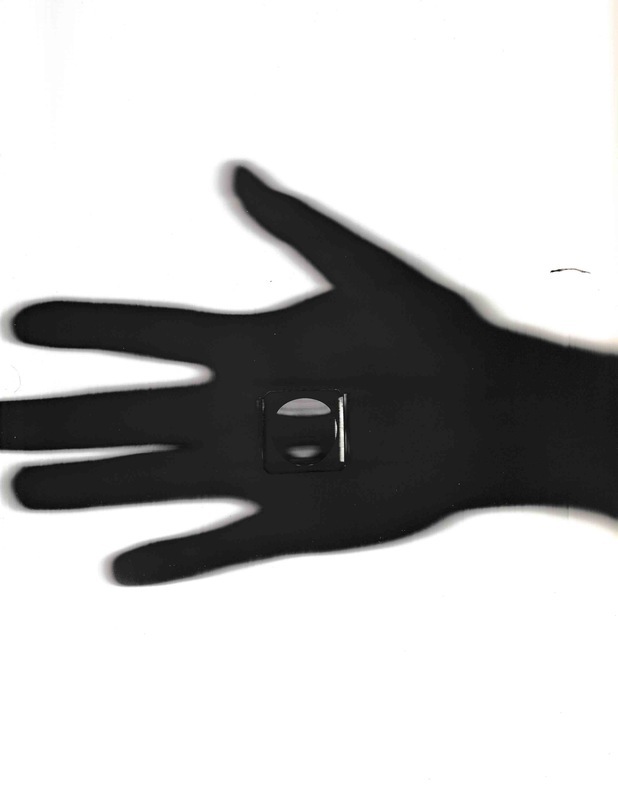Necromancy;
A Hauntology of Grief, Materiality, and Research Creation
About Scanner Art
Printer scanners, thermo-fax, xerox and the color in colour machines, copiers of all sorts, and other business and science tools have long been used to experiment with the aesthetic boundaries of imaging technologies. At the intersection of corporate industries, the development of communications technologies, and emerging criticisms of the toxicity of late-capitalist ideologies, formative artists such as Sonia Sheridan aimed to explore the potential for radically new modes of aesthetic, artistic, expression.
In strategically ‘misusing’ corporate technologies like the photo scanner, xerox machine, and new printing technologies, artists like Sheridan and her many students, would come to establish a number of crucial points of deviation from other image-making practices like photography.
Generative Systems: Art, Science and Technology
Founded by Sonia Sheridan at the School of the Art Institute of Chicago in 1969, Generative Systems: Art, Science and Technology was an open studio program built with the intention of exploring the aesthetic capabilities and technical possibilities of corporate communications technology. Formed upon a groundwork of ‘intentional’ disruption to the standard use of business technologies, Sheridan and her students would become formative to the establishment of New Media arts and, especially, scanner art and its many related methodologies.
Works created at Generative Systems was often built on a number of underlining ideological, philosophical, and aesthetic resistances and explorations that surrounded the obfuscation and manipulation of business technologies to ends not accounted for in their initial design. Material culture scholar John Robb might call this a conscious refocussing of an object’s “field or flow of action” (Robb, 2015. P. 167). Within this flow of action, the function imbued within and communicated by an object through its design informs the kinds of interactions it can engage in. This encoded understanding of an object’s function, use-case, and intended purpose is rooted in specific social, cultural, and often political contexts; the design of an object is never entirely arbitrary, but is instead built out of its anticipated use within a particular flow of action. When it comes to the anticipated flow of action for business communications technology,
For Sonia Sheridan, and now for myself in creating these scans, it is in remediating this limited range of an anticipated flow of action towards new ends that provides scanner and other corporate communications technology arts with its generative power.
